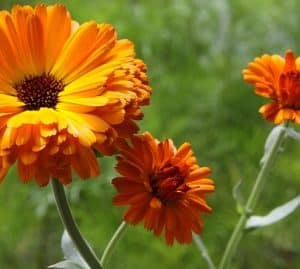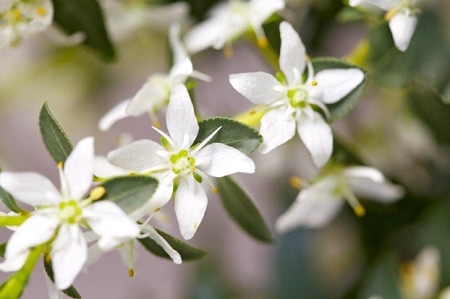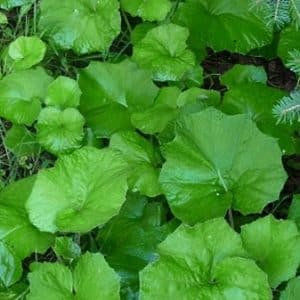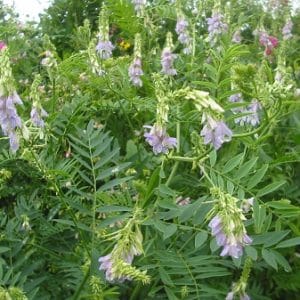Botanical Name
Family Ginkgoaceae Ginkgo biloba Common Names
Ginkgo, Maidenhair-Tree, Bai Guo, Kew Tree Native to China, and possibly Japan, the trees are now grown on large plantations in France and South Carolina, as well as China. Ginkgo is a very slow-growing, hardy tree whose fossil records date back some 200 million years. Growing to a height of 50 to 120 feet, the trunk of the Ginkgo is light green to light brown with corky fissures. In the male trees, the grooves in the bark are broad, while in the females, they are pointed. Both have green, leathery fan-shaped leaves that turn yellow to golden in the fall.
The tree flowers for the first time when it is between twenty and thirty years old. The male flowers are small, green catkins, while the female flowers are small, green, and globular-shaped, which form into small, plum-shaped, foul-smelling fruits.
During the Ice Age, every member of the Ginkgoceae family was destroyed, except the ginkgo biloba tree in part, due to its extraordinary resistance to insects and disease. It has survived more than 200 million years, and is generally believed to be the oldest species on earth.
Ginkgo Biloba has been used by the Chinese for thousands of years to improve circulation thereby improving the delivery of necessary nutrients and life-giving oxygen to every cell, including those of the brain.
It was not introduced into Europe until 1730.
In the 1930s, flavonoids in the leaves were first identified.
Key Actions
Key Components




